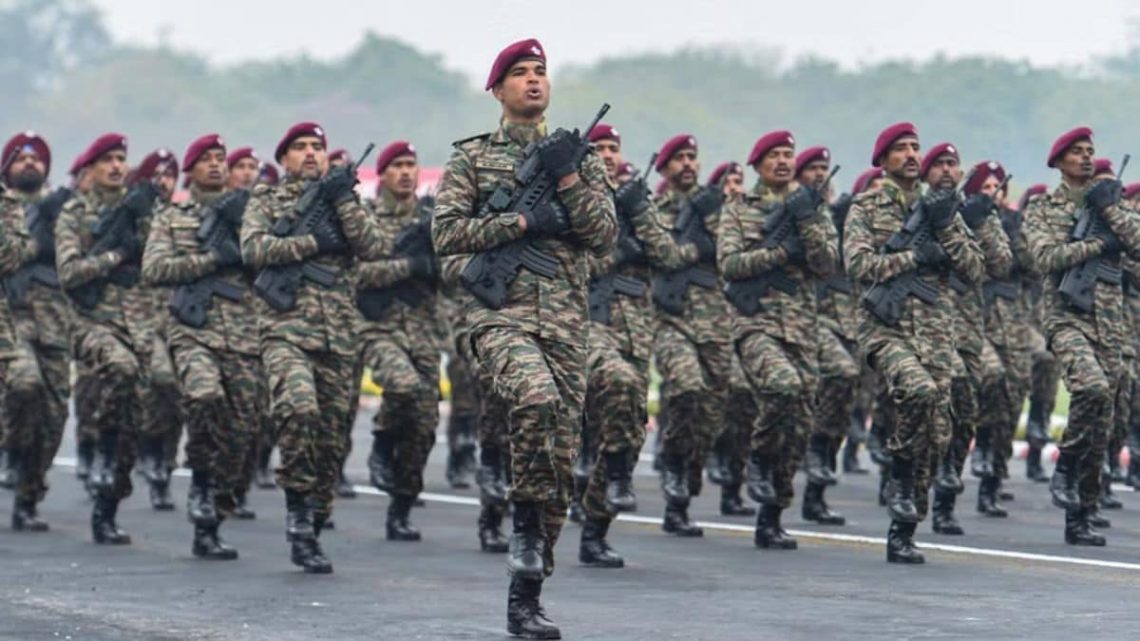Militaries all over the world are some of the biggest consumers of fuel– primarily those derived from non-renewable resources.
As such, the carbon footprint of armed forces around the globe are quite high. In fact, according to a 2022 report by Scientists for Global Responsibility (SGR) and the Conflict and Environment Observatory, 5.5 per cent of greenhouse gases emitted worldwide come from militaries.
The Indian Army is no exception to this global trend. Given its broad area of operations and its size, it’s only natural that the service is concerned about its carbon footprint.
That concern has been fuel for change in recent times.
The Indian Army is accelerating its transition away from fossil fuels, integrating renewable energy sources across its operations to reduce emissions and bolster energy security.
With a growing focus on energy efficiency, military installations, troop transport, and frontline bases are all involved in a green transformation.
Here are 7 key changes driving this shift:
The Army has partnered with NTPC Renewable Energy Limited (NTPC REL) to establish a solar-hydrogen-based microgrid at Chushul, Ladakh, the highest such installation globally.
Operating at an altitude of 4,400 meters, this system replaces diesel generators, eliminating the need for high-cost fossil fuel logistics and preventing an estimated 1,500 tonnes of CO2 emissions annually.
According to a press release by the company, the power purchase agreement (PPA) has been signed for 25 years.
The Army commissioned a new 1-megawatt solar plant at the Dronachal Military Campus in Bhopal in January 2025. Commissioned in partnership with the Military Engineer Services (MES), this Rs 9.5 crore initiative supports operational sustainability while reducing dependency on conventional power sources.
In collaboration with Indian Oil Corporation Limited (IOCL), the Army is piloting hydrogen fuel cell buses to assess their viability for military transport. These buses generate electricity using hydrogen and release only water vapor, marking a crucial step in transitioning to zero-emission mobility.
The Army is phasing in 113 electric buses to replace fossil-fuel-driven troop carriers. With charging infrastructure expanding across military cantonments, the initiative aligns with the Ministry of Defence’s broader push for Electric Vehicle (EV) integration across India’s armed forces.
At forward positions in Ladakh, the Army is deploying solar thermal heating systems to replace diesel and firewood-based heating. Developed by DRDO and the Defence Institute of High Altitude Research (DIHAR), these systems store solar energy during the day and release it at night, ensuring sustainable warmth even in temperatures as low as -40°C.
The Army, alongside Ladakhi innovator Sonam Wangchuk, has designed Solar Heated Insulated Ladakhi (SHILA) shelters to withstand extreme winters without conventional heating.
These structures use eco-friendly insulation materials and passive solar capture to maintain indoor temperatures between 14-22°C, even when outdoor conditions drop to -30°C.
To track and enhance its sustainability efforts, the Army has engaged IIT Kanpur to conduct yearly carbon audits of military cantonments. These audits help identify areas for improvement and ensure accountability in meeting net-zero goals.
Link to article –
The war on climate change: 7 ways Indian Army is cutting down its emissions

